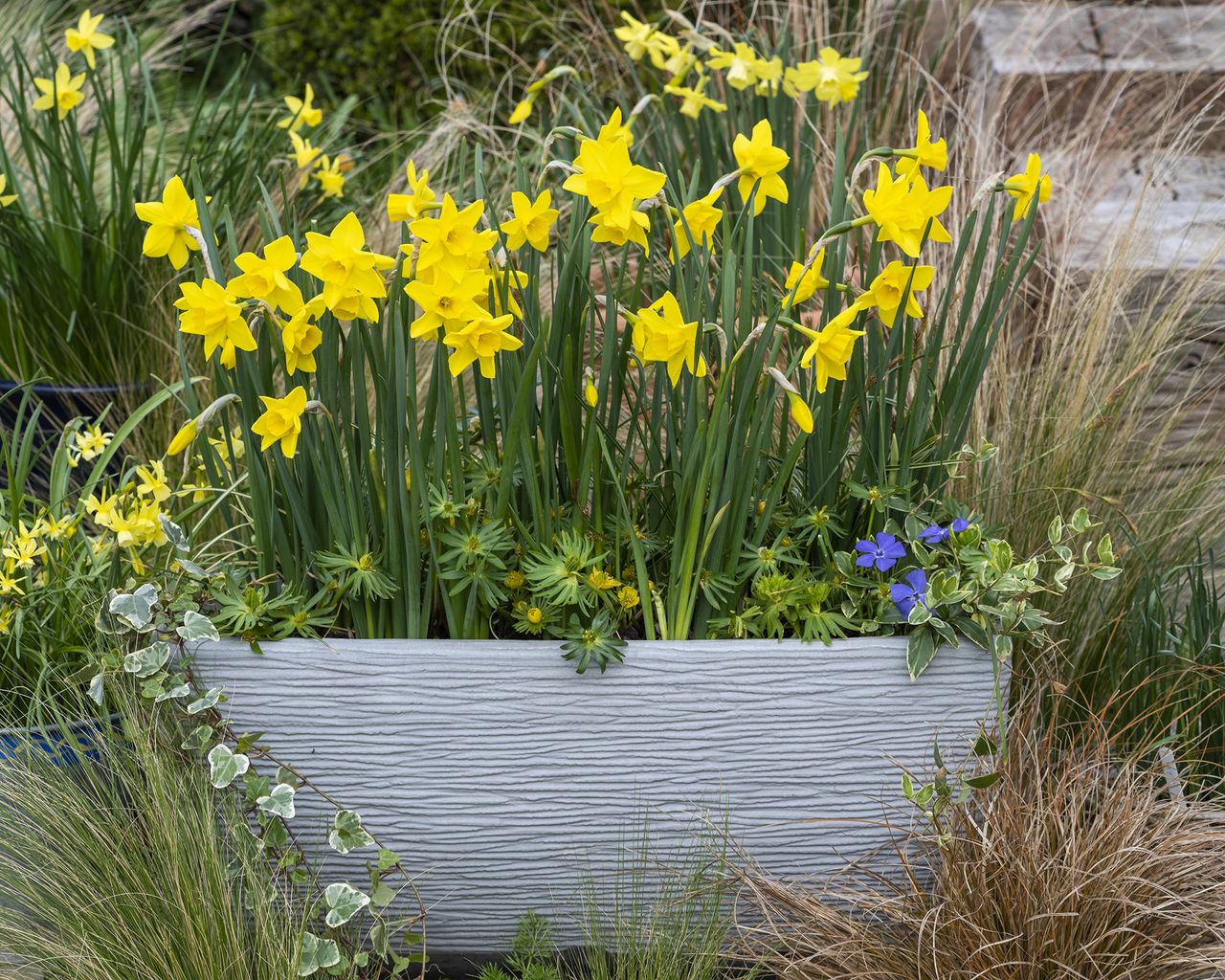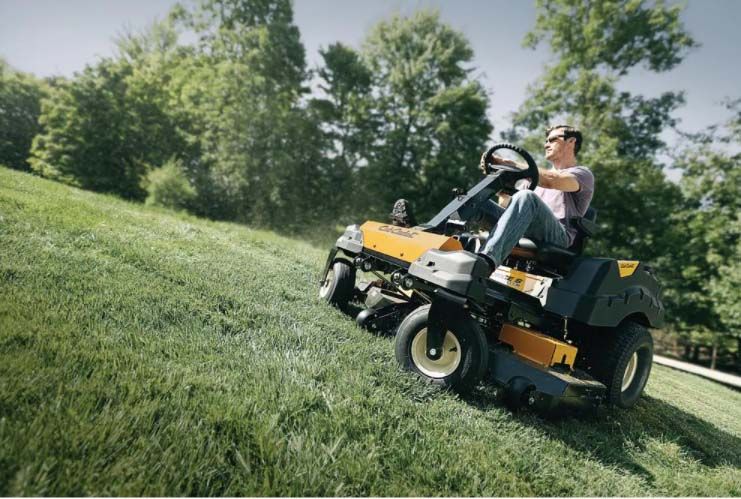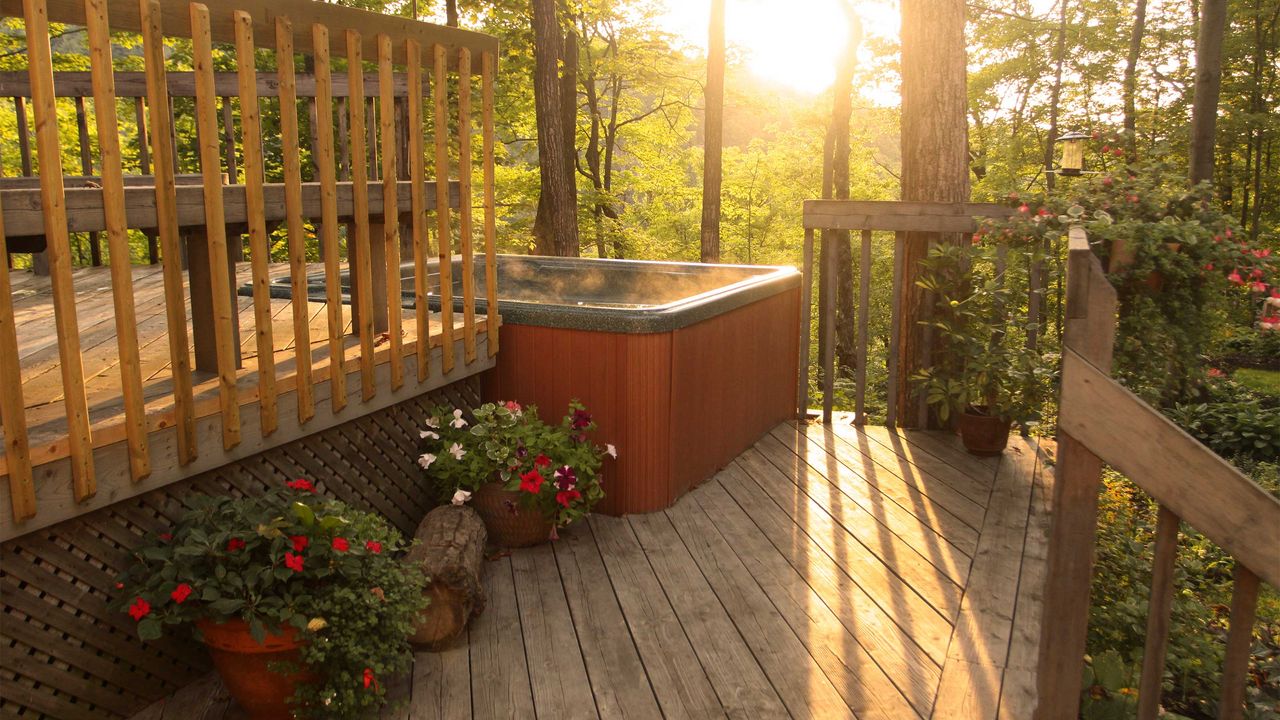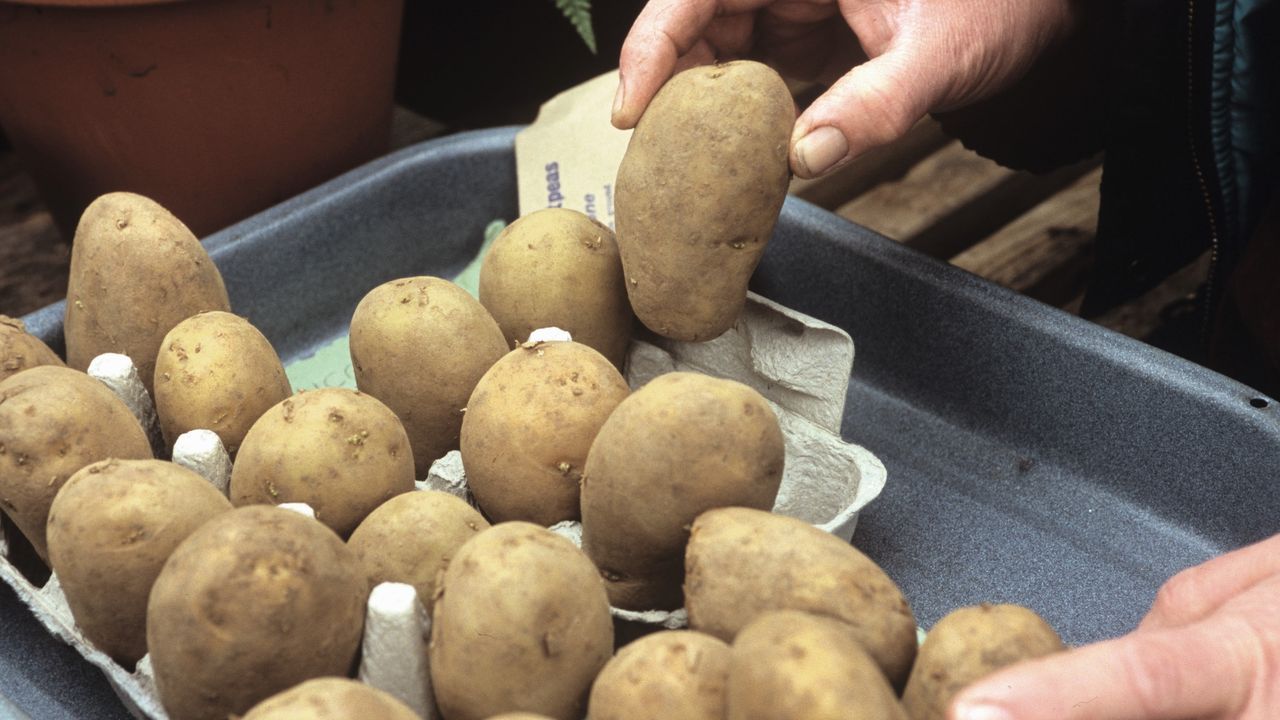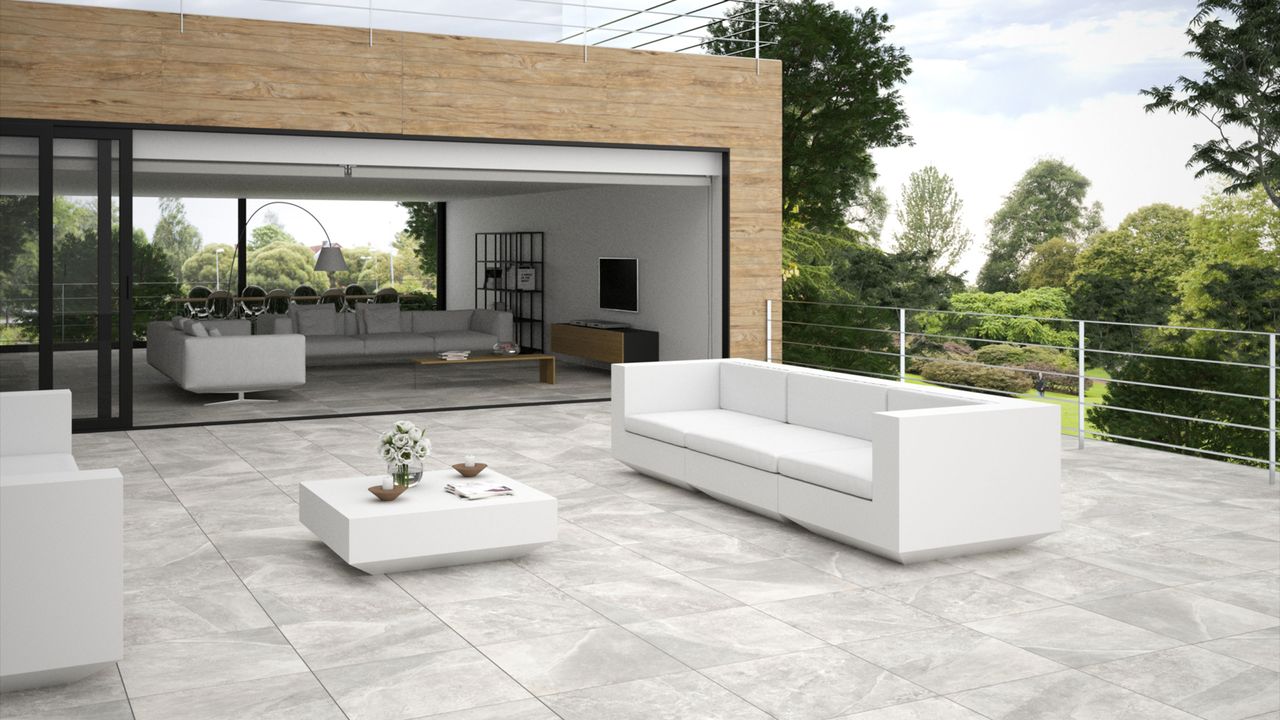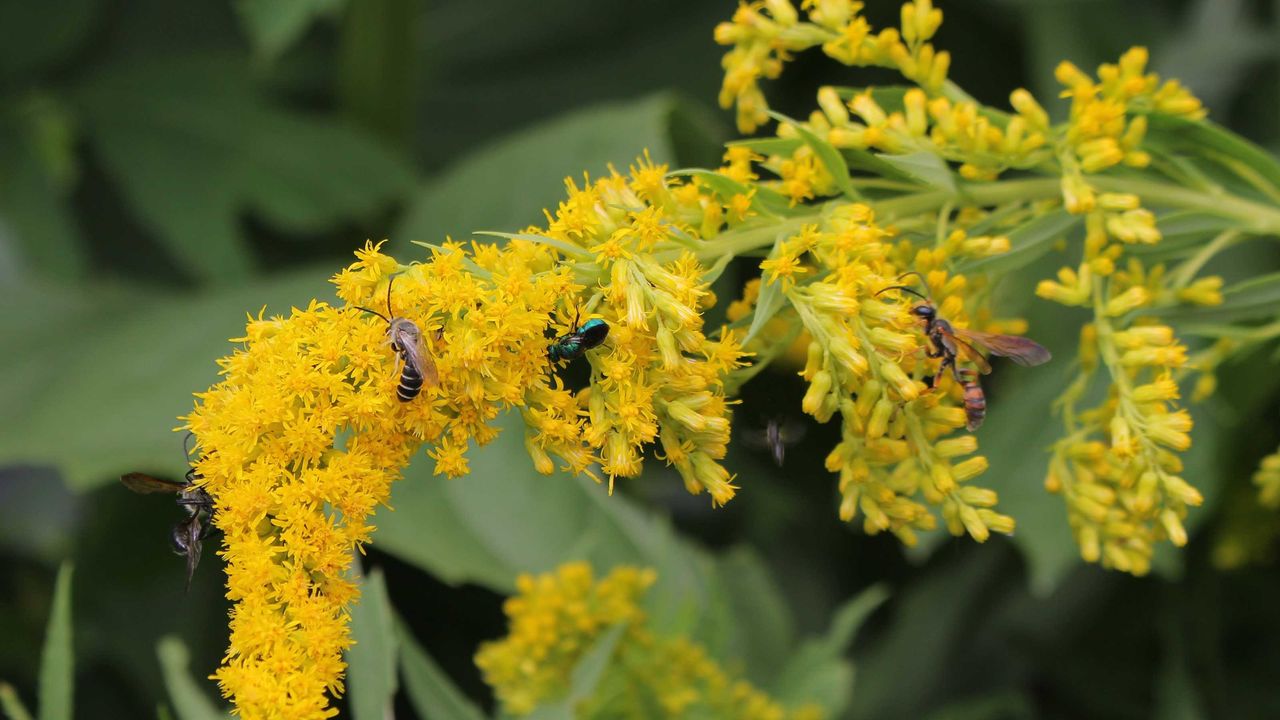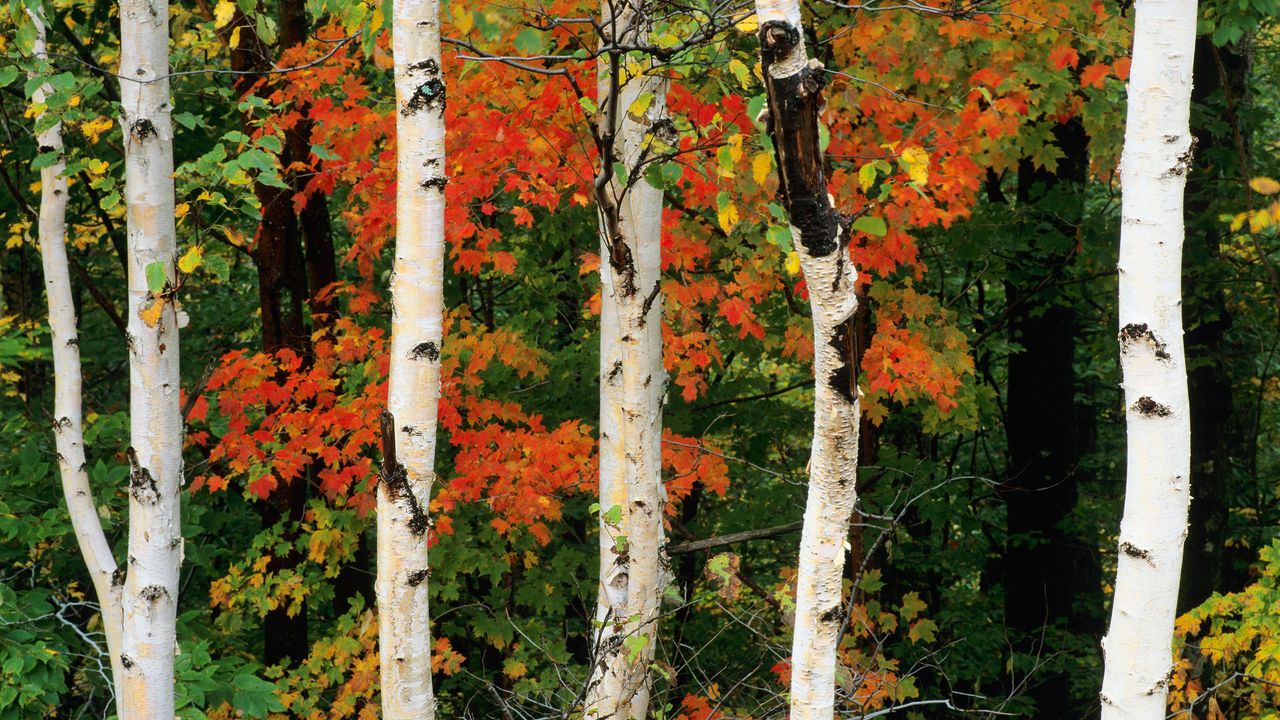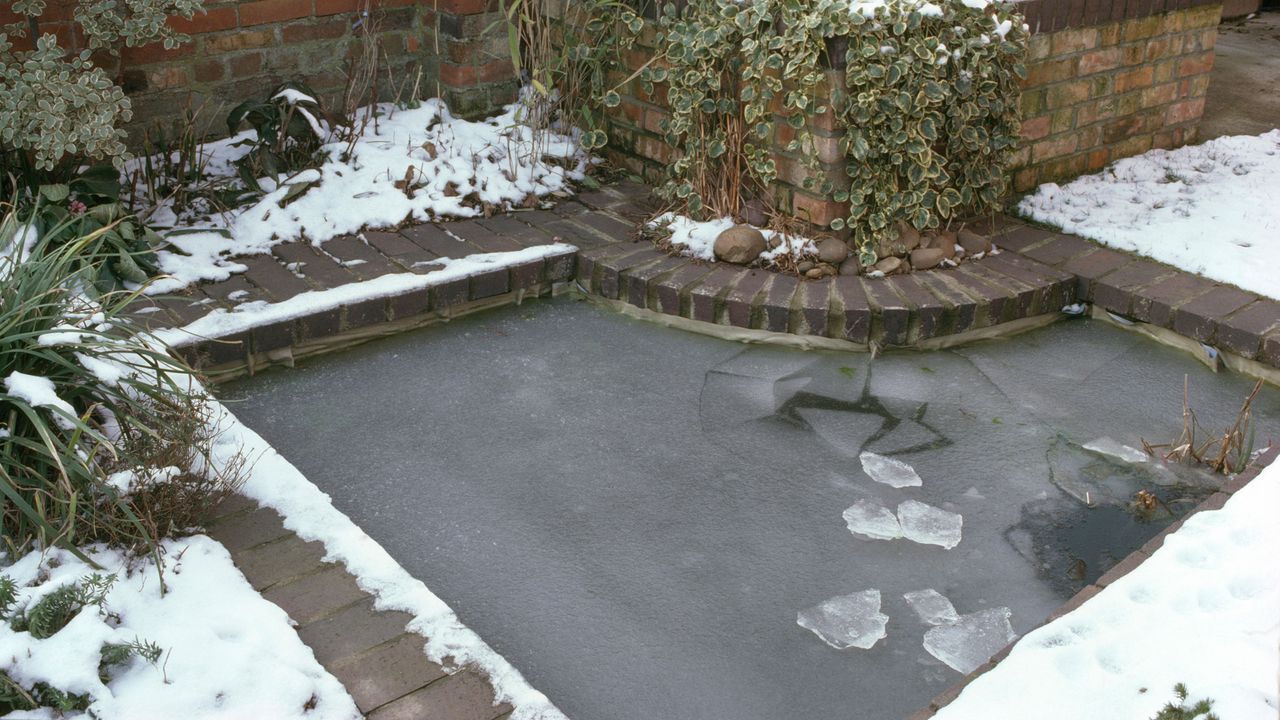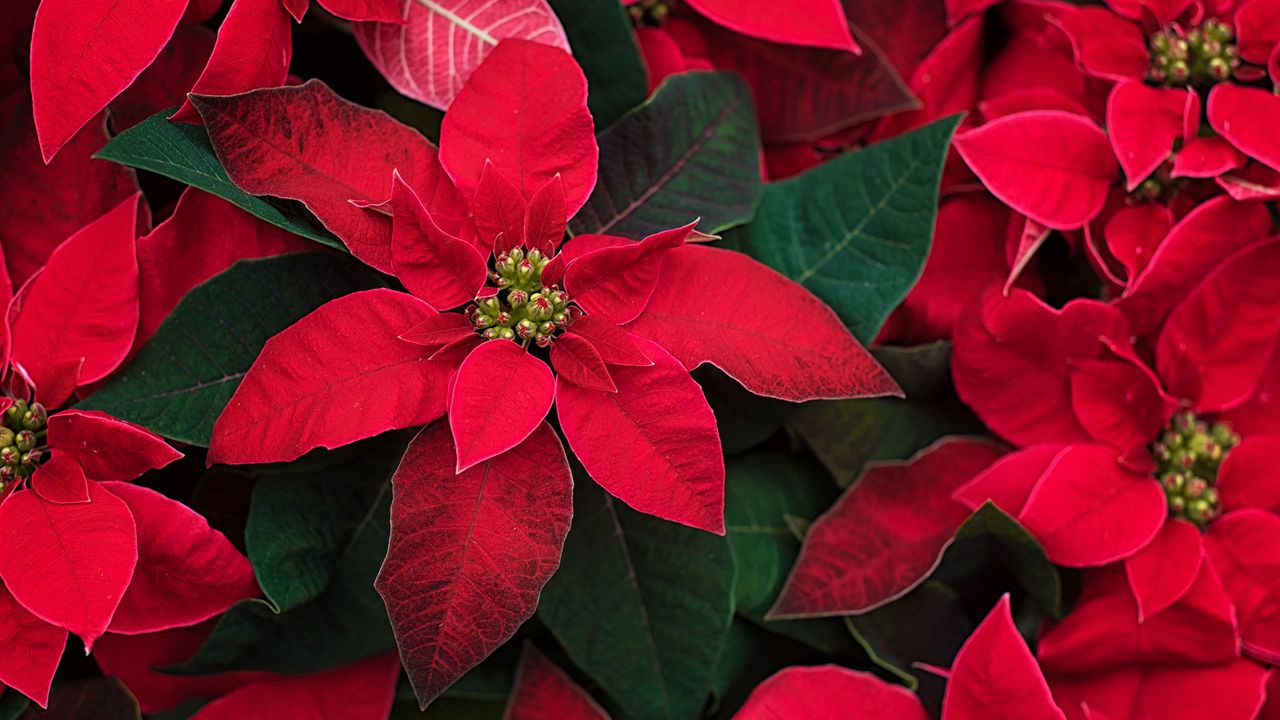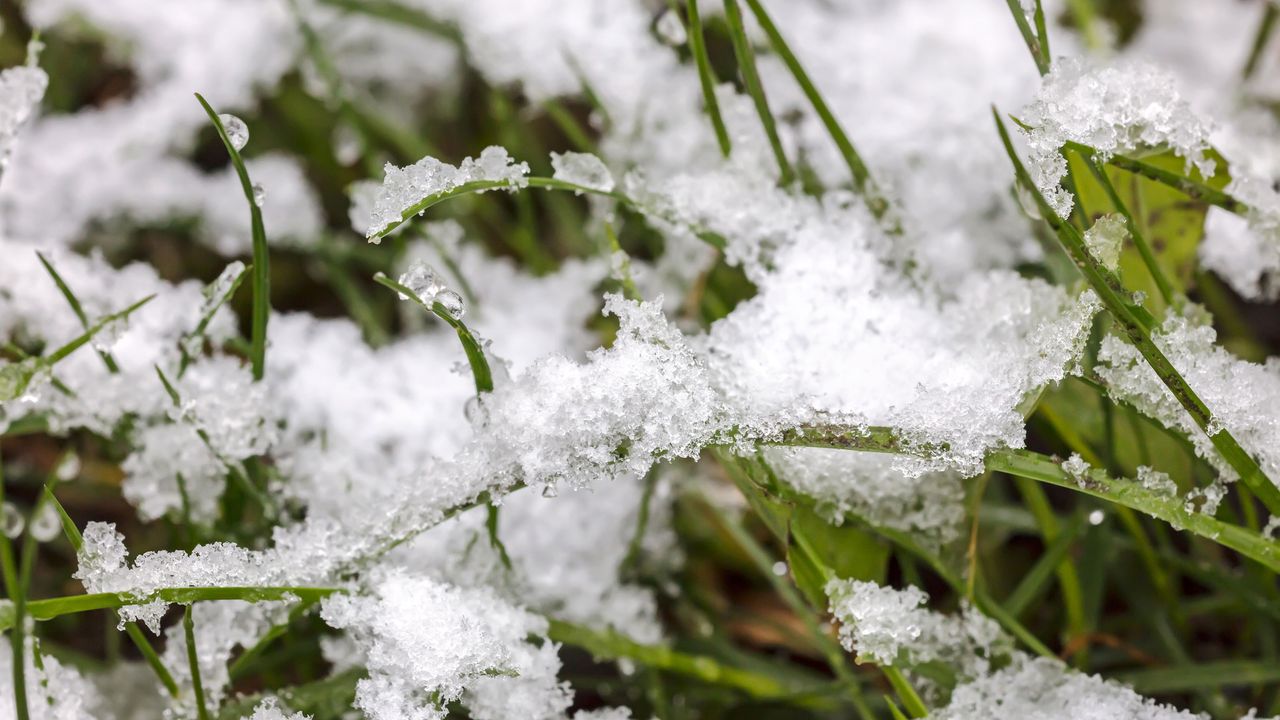Gardening expert says putting crocks in pots might 'do more harm than good'
Do you always place a careful layer of crocks in the bottom of a pot? You could be doing the wrong thing for your plants, gardening experts suggest
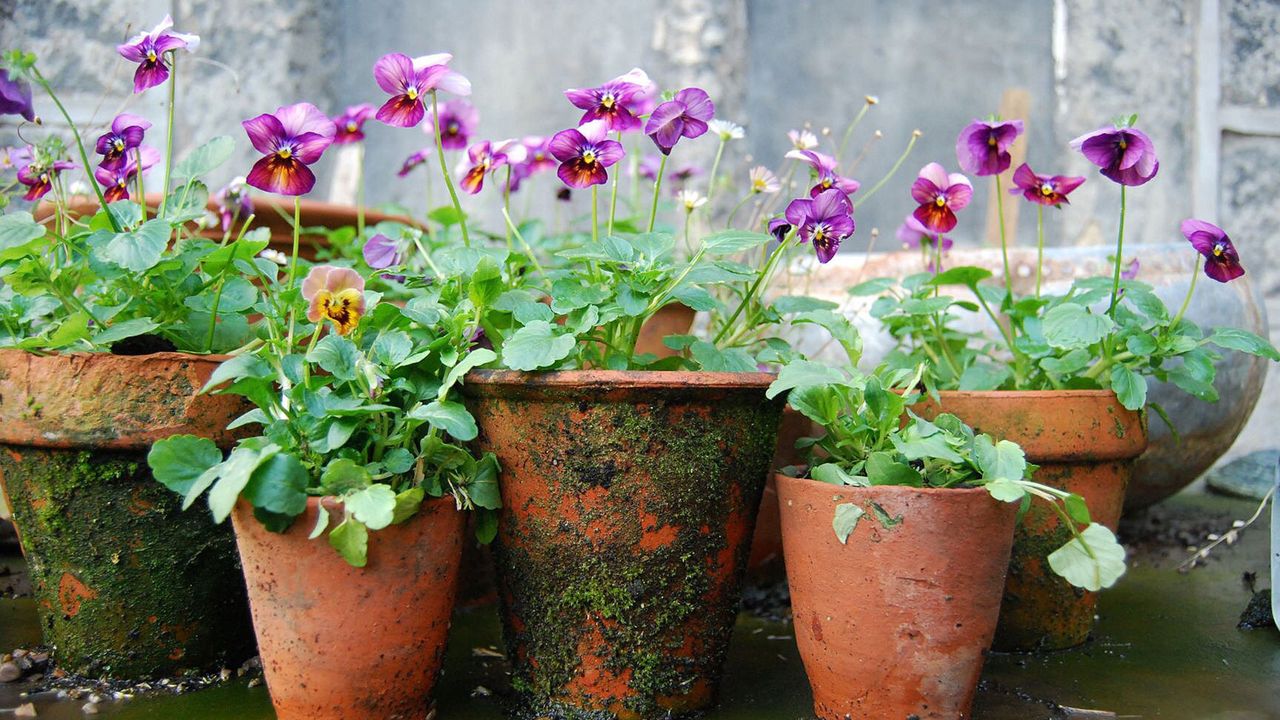

Even Monty Don swears by putting down a layer of ‘crocks’ – broken crockery and smashed flower pots – on the bottom of his planters and window boxes, but now experts are saying that adding this comfort blanket to containers could do more harm than good.
Experts argue that crocks can actually hold up essential drainage and stop excess water from escaping from the pots.
So if you've been using crocks as part of your container gardening routine on a regular basis, is it time to reconsider this method?
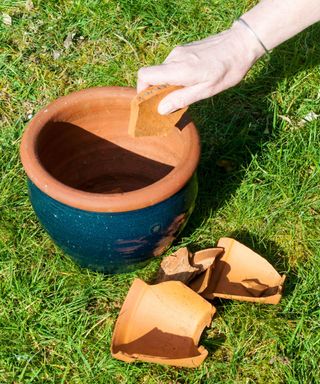
Do crocks do more harm than good?
When Which? Gardening magazine experts trialled how well laying down a layer of crocks works, they found that it made no difference to how well plants grow, and suggested it should actually be added to the list of container gardening mistakes to avoid.
Whilst we’ve always been taught that crocks are important for drainage, research by soil scientists, cited by Which? Gardening, suggests that water does not flow freely from fine-textured compost into coarser elements such as crocks.
‘In fact, it only does so when the compost above the crocks is saturated,’ says a Which? Gardening expert. ‘So in wet summers, crocks can prevent water draining out of the pot and do more harm than good.’
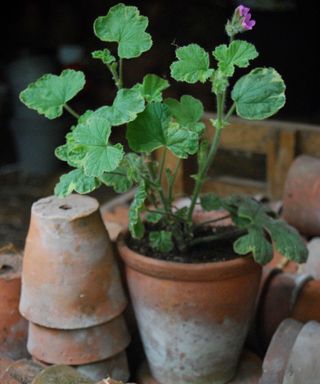
Conduct your own experiment
Earlier this year, the Which? Gardening team carried out its own series of controlled tests on plants being grown in containers.
They tested 40 pots by filling 50 per cent with crockery and 50 per cent without. After watering them in equal measures over some time, they found it made no difference to how the plants grew.
If you have lots of summer containers, you could give this experiment a try yourself.
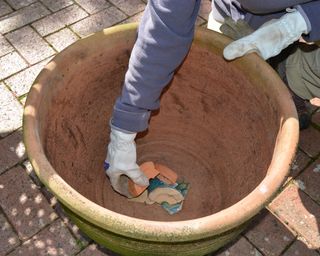
Why Monty Don prefers to use crocks in pots
TV gardening expert Monty Don always uses a layer of crocks from broken pots, even stones, in his pots and window boxes, to both help with drainage and to stop the compost falling out. His trick is to ensure that containers are lifted slightly off the surface they stand on, to avoid water pooling inside and causing damage to the plants.
‘Having made the drainage holes, I want to make sure they don’t get blocked, and to do that I’m going to use crocks,' he says. 'We keep all our broken pots and if I just put them loosely along the bottom, what it will do is stop those holes from clogging up.
‘If you don’t have crocks, you can use stones – anything that allows the moisture to go through but the compost won’t,' he adds.
Will you continue to add crocks to your garden planters, or are you going to rethink your planting methods?

Jayne Dowle is an award-winning gardening, homes and property writer who writes for publications including Sunday Times Home, Times Bricks & Mortar, Grand Designs, House Beautiful and The Spectator. She was awarded the Garden Journalist of the Year accolade at the Property Press Awards in 2021.
